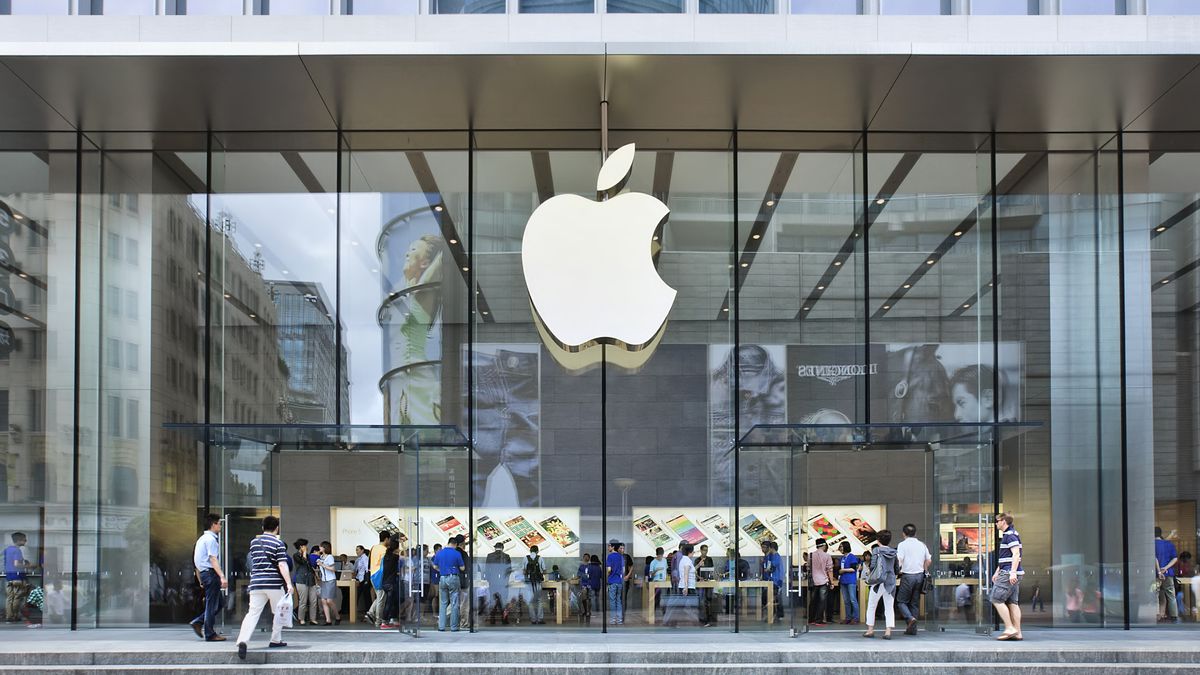Over 1 in 5 public EV chargers are broken in the Greater Bay Area
When it comes to automobiles, the future is electric. But while car makers are pivoting towards all things electric (with a smattering of solar and hydrogen thrown in), the necessary EV charger infrastructure is dragging things down.
Researchers from the University of California (and partners) published a paper this week on the reliability of open EV Direct Current Fast Chargers (DCFCs) in the Greater Bay Area.
The research found that only 72.5% of the 657 EVSEs were functional. That means 22.7%, or more than 1 in 5, were non-functioning, were unresponsive or unavailable, had broken screens, payment system failures, charge initiation failures, network failures, or broken connectors. And for the ultimate design failure, the cable was too short to reach the EV inlet for 4.9% of the EVSEs (specifically Chevy Bolts).
That’s a lot of EV chargers out of order
It gets worse. Approximately eight days after the first evaluation, a random evaluation of 10% of the EVSEs demonstrated no overall change in functionality. So they weren’t even being fixed!
Why does this matter?
The region, including San Francisco, is home to a whole suite of automotive companies focused firmly on EVs, such as Cruise, Lyft, Uber, Rivian, and Lucid Motors. Further, California has the greatest density of public open DCFC chargers in the US. So you would expect the charges to be all systems go. Unfortunately, this is not the case.
Besides the obvious fact that readily accessible, functional public chargers are an essential part of transitioning vehicle owners from ICEs to EVs; there are laws about uptime.




In the US, States have different minimum uptime requirements for EVSEs paid for with public funds such as a requirement in California that EVSE are functional for at least 97 percent of the standard operating hours for 5 years. That’s a long way from 72.5% in an area leading the world in creating electric vehicles and their infrastructure.




Further, the EVSE ecosystem comprises a complex stakeholder ecosystem. This includes the electric utility provider, installer, charge port operator (CPO), internet service provider network, and a payment system. The overall responsibility for keeping the EVSE functioning can be the local electric utility, the installer, the site host, the CPO, or the servicing company.
Worse, these stakeholders will likely have different levels of visibility.
For example, the site host might have information about the electrical infrastructure, outages, and physical damage to kiosks. But, no information about the functional status of each kiosk. This means it’s even harder to know who to hold accountability for points of failure.
Where to from here?
The researchers note that data transparency and sharing would benefit the entire industry. For example, data on subcomponent failure rates and whether the failure is local, i.e., only affecting one EVSE due to a component failure, or systemic, i.e., affecting multiple EVSEs due to a communication or software problem, would help prevent its reoccurrence.
They recommend making accurate real-time data on EVSE public. Also helpful would be standardized maintenance and servicing agreements of EV charging stations.
As more and more EVs are adopted, the need for fully functional and reliable open public DCFCs is increasing.
Non-functional public chargers pose a vital equity issue. Residents in rented or multi-family dwellings usually charge at public charging stations.
High rates of non-functional chargers stop people from transitioning to EVs. Now is the time for the industry collectively to fix these problems. Otherwise, they will only get worse as more EVs hit the road. And that could set government mandates for EV manufacturing back decades.


